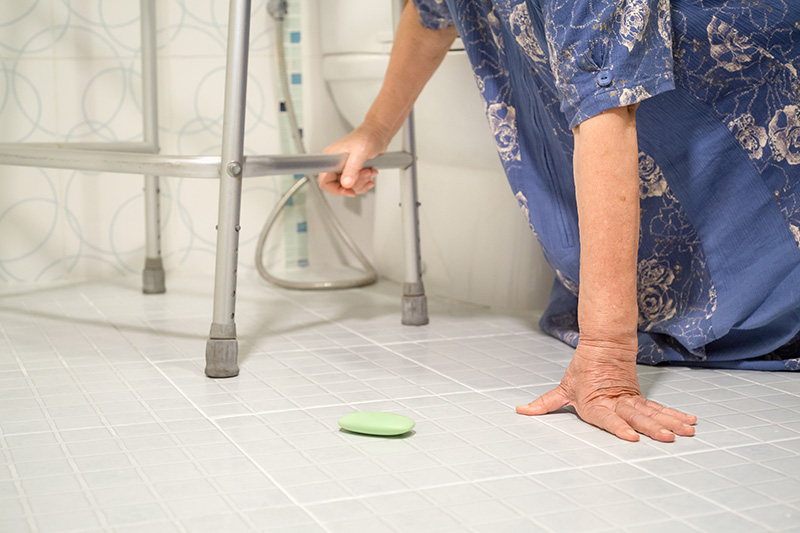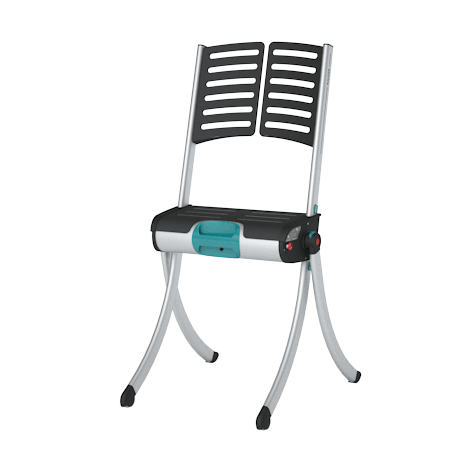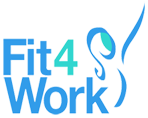Falling down is an experience that many of us are able to get back up from, almost immediately. For many others, such as the elderly, this isn’t so easy or anywhere near as quick. People may fall down for any number of reasons, from simple accidents to poor health issues and old age. Fracture of the hip, shoulder or wrist joints or sprains are typical injuries from a fall. For a handler, helping a fallen patient from the floor can sometimes be a risk.

When a person has fallen the handler should always check for the following:
The employer has a responsibility to ensure the health and safety of their employees. The task of helping a fallen patient should be assessed and procedures implemented to reduce the risk of injury to all employees.
How to assist a fallen person?
The person being verbally instructed should have the physical ability to be able to roll onto their side and be able to kneel. They also should be compliant and be able to follow instructions.
Technology and Modern-Day Equipment
There are many other purpose-built pieces of equipment you can use to aid a fallen person. These can include electric sling hoists and stretcher frames. Using this equipment may require two individuals to help out. Full instructions will be provided with the equipment, but again, only the most qualified individuals should handle this if possible.
Modern technology and advancements in medical equipment have provided even more methods of helping someone who has fallen. Equipment such as Raizer is helping care-workers all around the world take care of people who are prone to falling. Companies like Mangar Health are also designing and manufacturing inflatable moving and handling equipment, including a self-patient-lifting device range.

Whatever process you use, always ensure the fallen person is comfortable, pain free and familiar with what you are doing.
If you’re looking for professional training courses in patient moving and handling, please visit our Patient Moving and Handling or Patient Moving and Handling: Train the Trainer pages.

